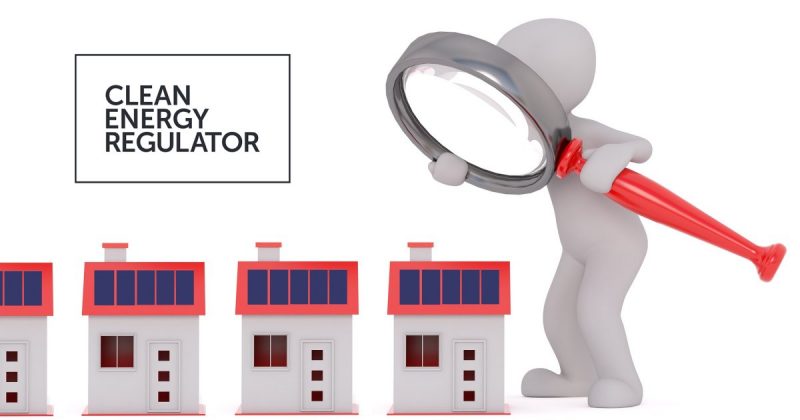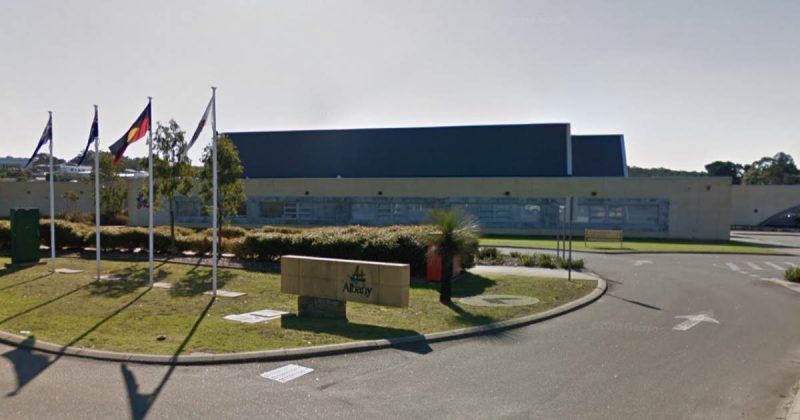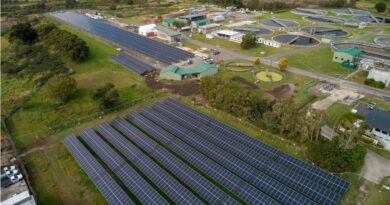Upgrading Australia’s Energy-Sucking Homes Brings Big Benefits

Newly released analysis suggests that by upgrading Australia’s worst-performing homes, the energy savings would be equivalent to keeping 4.5 million electric vehicles on the road a year.
Residential buildings are responsible for around 24% of overall electricity use and more than 10% of total carbon emissions in Australia according to the Department of Climate Change, Energy, the Environment and Water (DCCEEW to its friends).
While standards relating to energy efficiency for Australian homes have certainly improved over the years, millions of houses were constructed prior to any minimum standards existing. Currently, the minimum energy standard for new builds is 7 stars under the Nationwide House Energy Rating Scheme (NatHERS).
But homes built before 2003 generally have a pretty poor rating; making them heating and cooling money pits, and just plain uncomfortable. I remember our house in Canberra, built around 1973, having a metal roof and no insulation to speak of. Summers weren’t much fun (no air-con) and in winter we used an oil heater in the lounge and electricity-guzzling fan heaters in the bedrooms.
Climateworks Centre operates as an independent not-for-profit within Monash University, working to bridge the gap between research and climate action not just in Australia, but elsewhere in the Pacific region and South-East Asia. The organisation recently built on its “Enabling Australia’s Home Renovation Wave” report released in 2023.
For the purposes of their new analysis, Climateworks defined low-performing homes as having:
- Minimal ceiling insulation.
- Gaps near windows and in walls leaking air.
- Gas heating.
The Centre considered these low-performing detached homes and townhouses to have a NatHERS rating of between 2.3 and 2.9 stars, while apartments were between 2.7 and 4.2 stars1. It conservatively estimates at least 10 per cent of total dwellings – more than 1 million homes in Australia – to be in this category.
Energy Efficiency Packages For Places
The Centre developed several upgrade thermal upgrade “packages” for this exercise, being:
Quick-fix
Ceiling insulation, draught sealing, heavy drapes and roller shutters along with an efficient electric heat pump (assumed to mean reverse-cycle air-conditioner rather than a heat pump hot water system). This would provide a NatHERS rating of between 3.4 and 5.1 stars. Estimate cost per residence: $13,700.
Modest
The above plus floor insulation and an additional layer of glass or film on windows; bring properties up to between 3.6 and 5.4 stars. Estimated cost of $19,000 per dwelling.
Climate-ready
Quick-fix plus floor and wall insulation, high levels of draught sealing, double-glazed windows and a heat recovery ventilation system, which brings the rating to between 6.3 and 8.7 stars. Estimated cost of $37,100 per home.
As for the package recommended for each state/territory:
- NSW: Modest
- VIC: Climate-ready
- ACT: Climate-ready
- QLD: Quick-fix
- SA: Climate-ready
- NT: Quick-fix
- WA: Modest
- TAS: Climate-ready
Quick Fix – Cost Vs. Value
That “Climate Ready” package is really pricey – what if the “Quick-Fix” package was used throughout instead? For the 1,069,509 homes nationally, that works out to around $14.65 *billion*. Still ouch, just not yelled quite as loud. That would buy a lot of rooftop solar and home batteries; although that wouldn’t address the root issues.
But what would be the benefits of quick-fix?
According to Climateworks, the approach would result in:
- A 1,471.9MW reduction in total peak demand.
- Annual energy consumption savings of 8,418.2 GWh.
- Annual emissions savings of 2,204,558 tonnes of carbon dioxide equivalent.
- A collective $1.81 billion in annual energy bill savings.
That would put simple payback for the whole shebang at around 8 years.
One of the aspects I found confusing was the energy bill and emissions savings “includes electrification of cooktops and hot water in addition to thermal upgrades where indicated”. But it doesn’t explain if their inclusion affects the average upgrade costs as neither was mentioned in the packages. And I’m guessing “where indicated” means “where needed”, rather than certain states/ territories as there were no flags for this on any jurisdictions.
While acknowledging there are some programs already in place around Australia supporting various energy efficiency upgrades (such as Victoria’s VEU program), Climateworks says more government action is needed.
Footnotes
- According to CSIRO, homes built before 2003 typically average a NatHERS rating of around 1.8 stars.
Original Source: https://www.solarquotes.com.au/blog/home-energy-performance-mb3147/



















